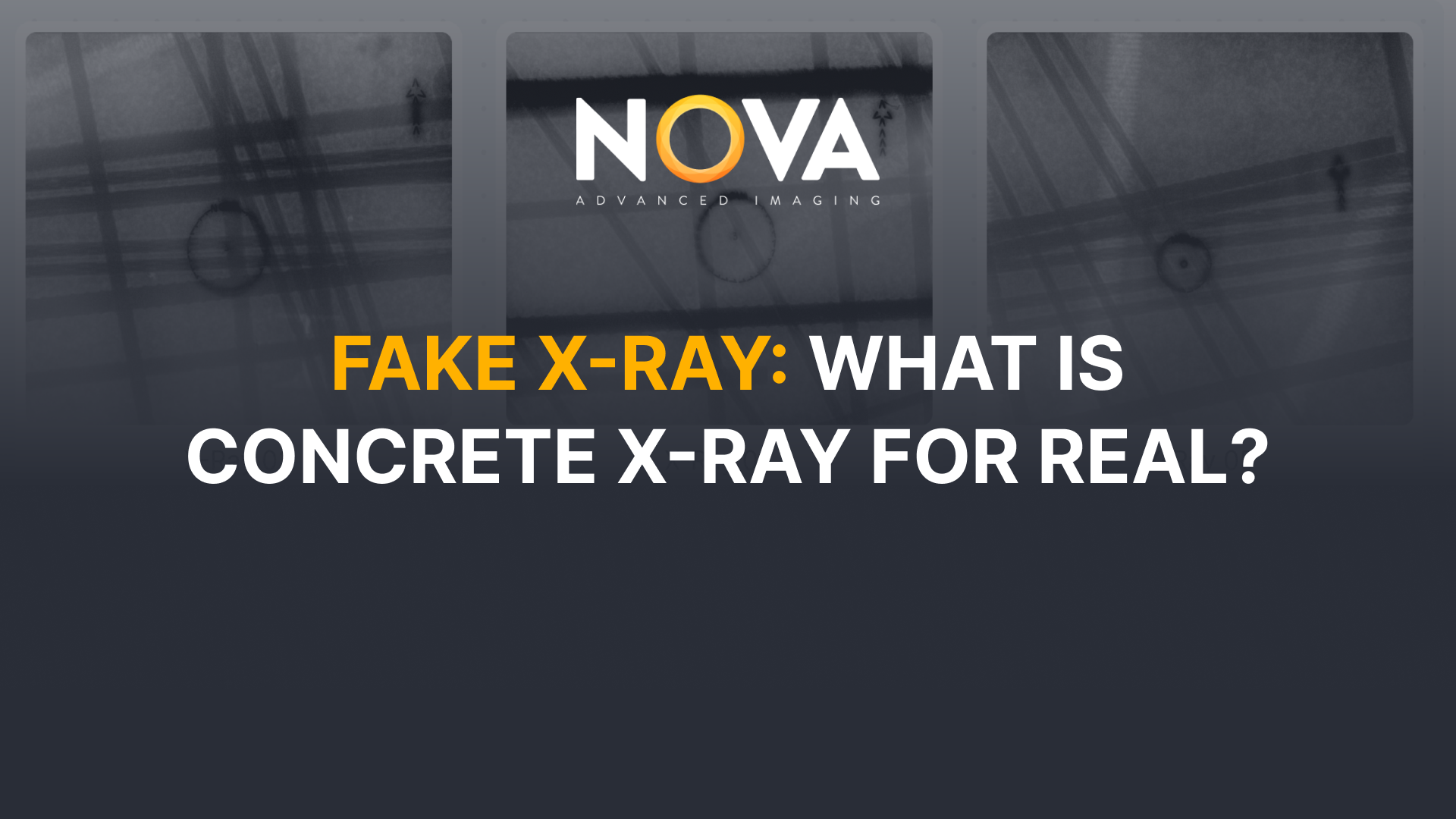
Not exactly sure why X-Ray is required or why the Property Management team insists on it?
You’ve likely been misled by myths and sales hacks from concrete scanning companies.
There are two common cases people usually face:
“Everyone must evacuate; the site shuts down for hours and film is developed when the job is done.”
> That’s Fake X-Ray (old-school gamma ray cameras).
“Brand-new technology with zero radiation—it has the same accuracy as X-Ray, cheaper, faster.”
> That’s Fake X-Ray as well (it’s just GPR wearing an X-Ray badge).
True Concrete X-Ray is different:
Below, we’ll show how Gamma and GPR are sold as “X-Ray,” how to spot the fakes, and why true Digital Concrete X-Ray is preferred by Building Management, Engineers, and GCs who’ve tried it.

Search “Concrete X-Ray” and you’ll find dozens of firms. Many never fire a single X-Ray photon:
Gamma radiography sold as X-Ray (Ir-192 / Co-60)
- Slow, radioactive and requires an Exposure Device Operator (EDO) with full evacuation—but listings call it “X-Ray.”
GPR dressed-up as X-Ray
- Ground Penetrating Radar offers speed—but struggles in complex, congested slabs. To mask its limitations, some companies rebrand radar as “X-Ray” or invent buzzwords with an “X” to suggest high accuracy—then charge X-Ray prices.
The consequences?
Conduits get hit. PT cables snap. Let’s eliminate the confusion—and the risk.
It’s time to bring the real data together in one place.
GPR is great for rapid mapping, but misses a lot in busy slabs. Sellers re-label it “X-Ray” or create additional words with “X” inside to be similar to X-Ray and charge premium rates.
Contractors and tenants pay xray pricing - then hit conduits, snap PT cables, or lose nights to radiation clearance requirements. Let’s put the data in one place.
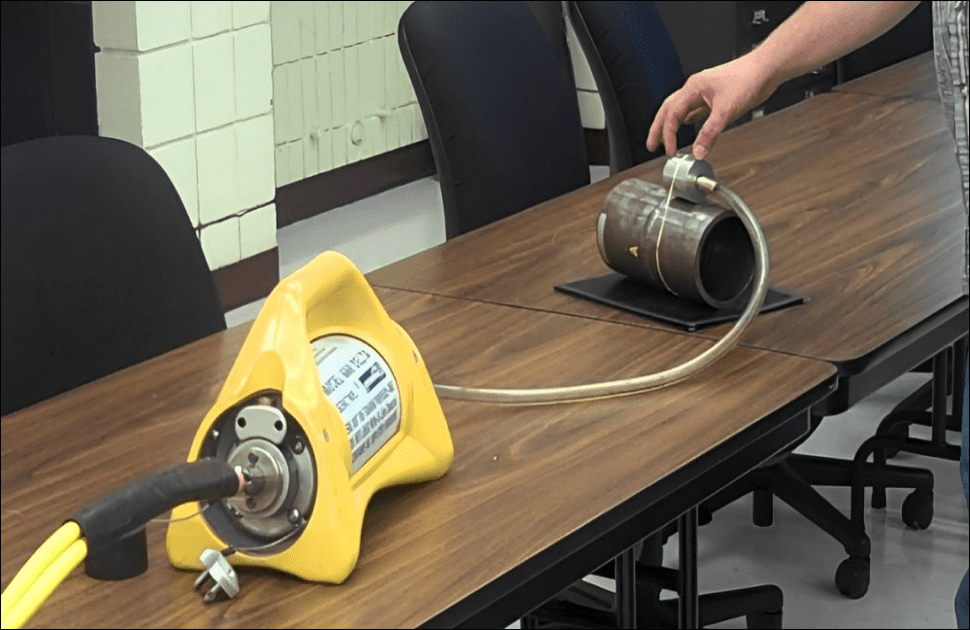
Gamma rays are a form of radiation with extremely high energy, produced by the decay of radioactive isotopes. Gamma rays are produced by unstable nuclei called radioisotopes such as Cobalt-60 and Iridium-192. Gamma rays are emitted by these isotopes continuously, necessitating stringent safety measures and specialised equipment to manage their use. This is unlike X-Rays, which can be generated on demand by electric machines.
Great for pipeline welds in the field — a scheduling nightmare inside an active building.
It’s often called X-Ray because the setup looks similar: source, detector, and an image as the result.
And as the comparison table above shows, the differences are significant — and critical when scanning concrete in active buildings.
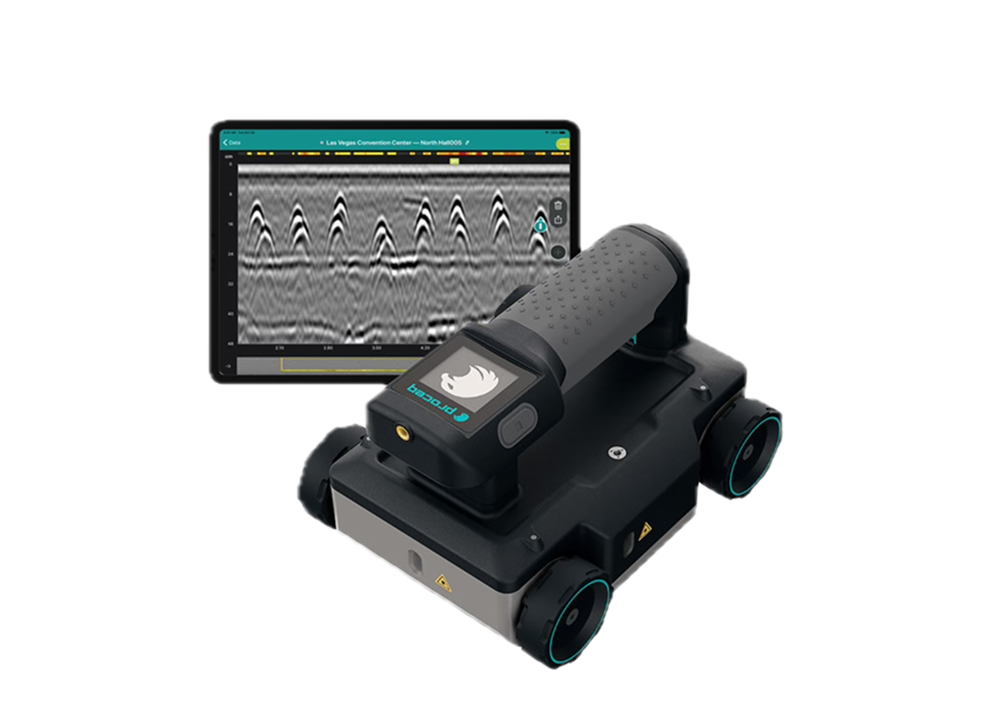
GPR scanners send electromagnetic waves that are reflected back as hyperbolas. Fast, lightweight machines with real-time results on the screen, but nothing in common with X-Ray accuracy or visual clarity.
Use GPR for quick and simple scans when you’re confident it’s just rebar. Best suited for walls or slab zones without conduits. No paperwork needed to operate. It’s cheap to buy a scanner — but difficult to detect everything in a congested slab.
If a conduit runs under rebar, GPR can’t tell the difference — and it can’t distinguish PT cables from rebar either. A lot of limitations.
With good sales skills and a clever business strategy, some companies try to compete by putting an “X” in their GPR method. But at the end of the day — it’s still Concrete GPR Scanning, not Digital Concrete X-Ray.
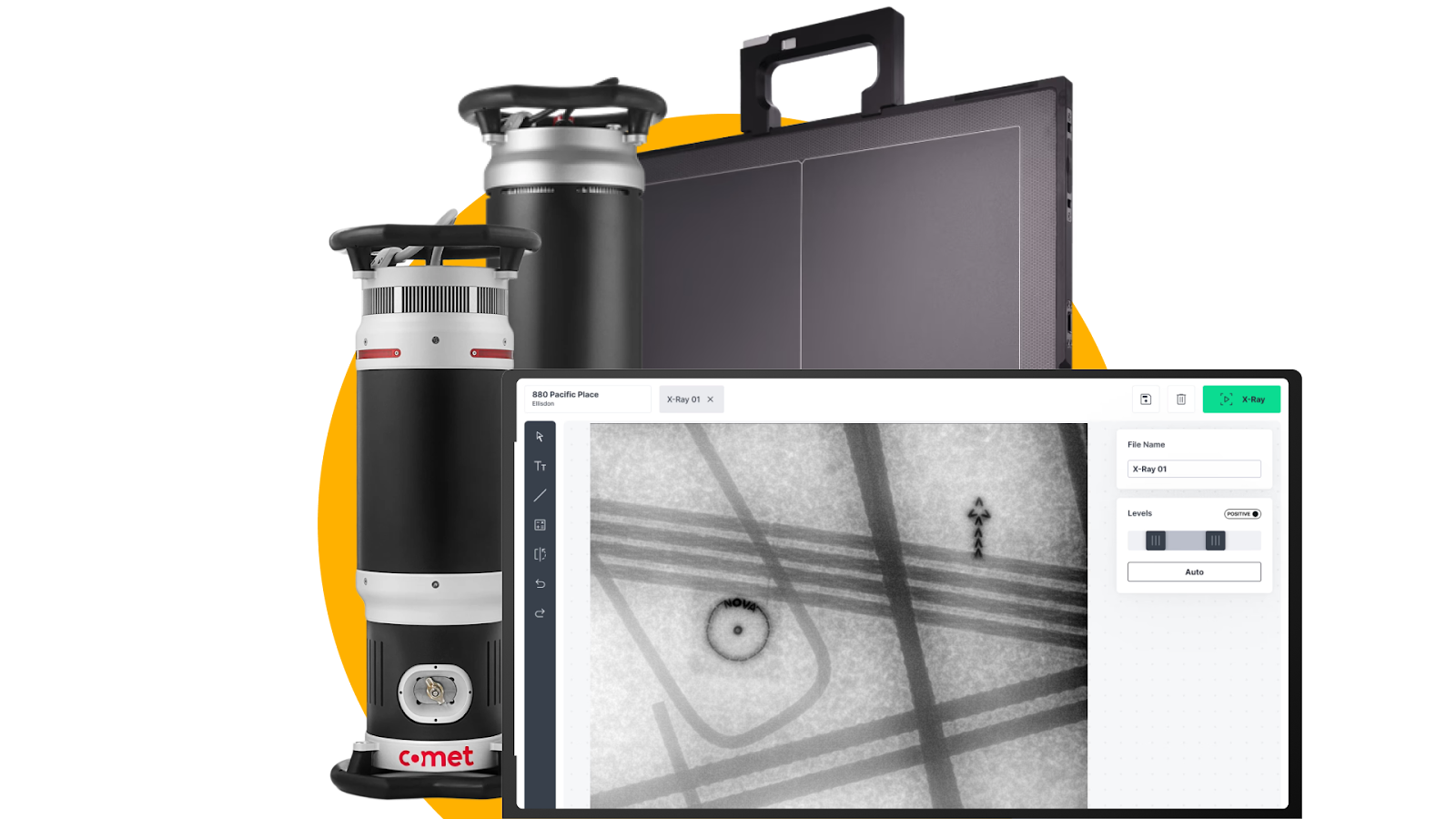
A portable 250–300 kV X-Ray tube, powered by electricity, fires a 1–2 minute burst at the push of a button. A flat-panel detector on the opposite side captures the data and instantly converts it into a high-resolution image on a laptop.
Nova Advanced Imaging provides this technology with an 11-year track record in Toronto, Ottawa and Vancouver. Clients include EllisDon, Modern Niagara, Ledcor, Etro, and Turner.
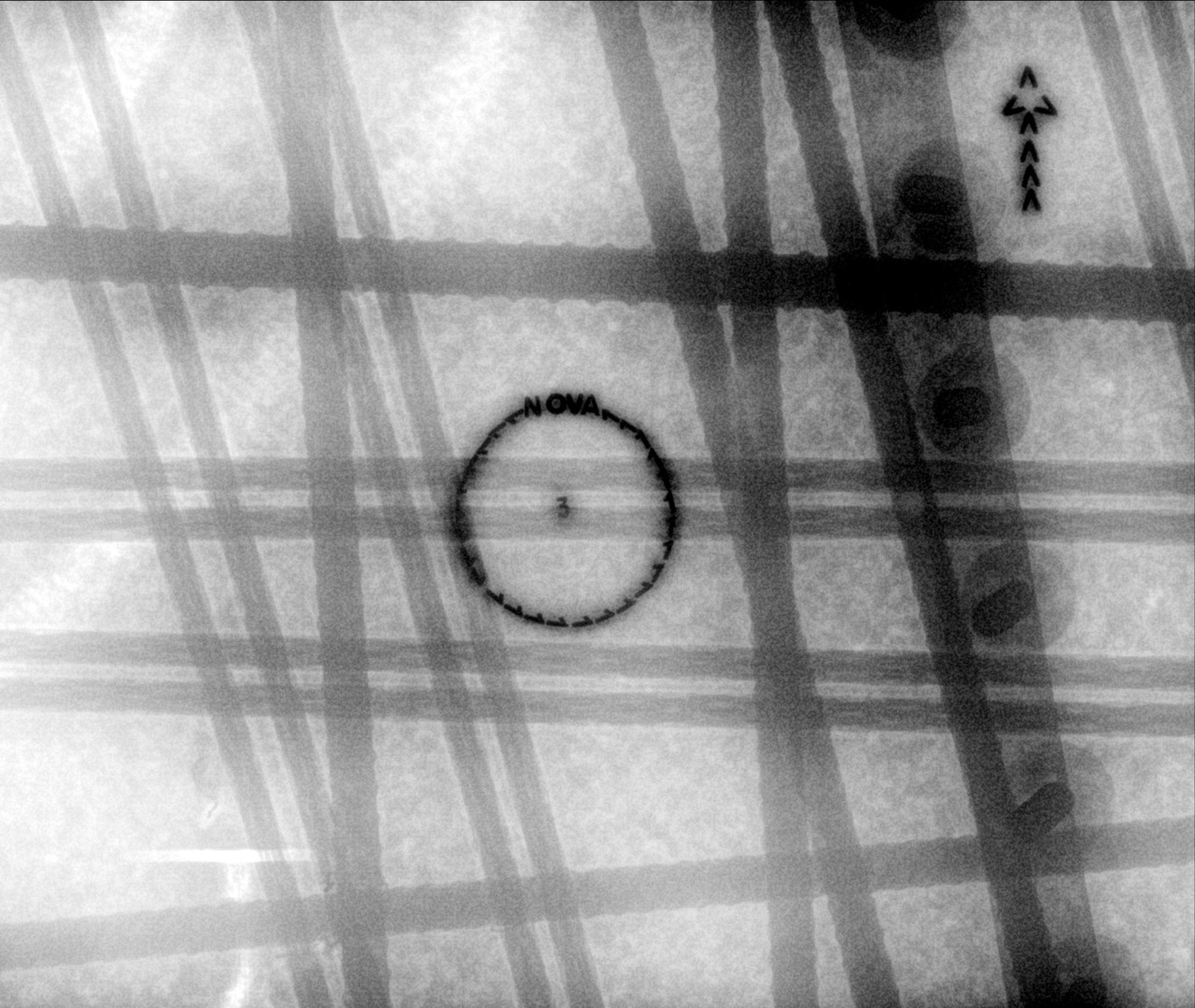
Ask these three questions and the pretenders fall away.
Constant radiation. Dangerous goods. Site shutdowns. Film development. Why gamble with gamma rays and radioactive materials when an electric X-Ray tube does the job — safer, faster, and cleaner?
Avoid “X-Ray-like” disclaimers – Even a $10K repair allowance won’t cover a snapped PT tendon or a tenant lawsuit caused by a missed tech cable.
Human factor matters – A real image of rebar or conduit that anyone can read beats a radar squiggle only one tech can interpret.
Nova Advanced Imaging has delivered Digital Concrete X-Ray scans across Toronto, Ottawa & Vancouver since 2014.
Don’t get misled—see inside your concrete slab for real.